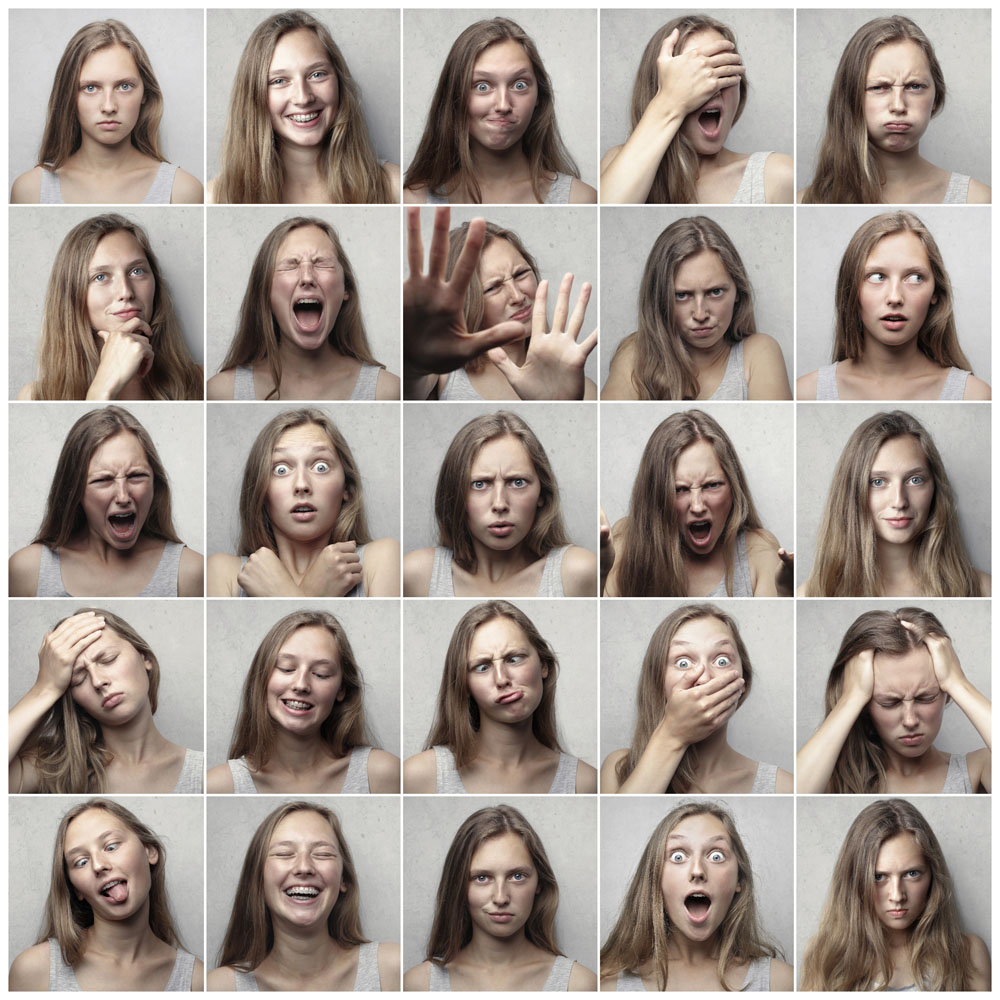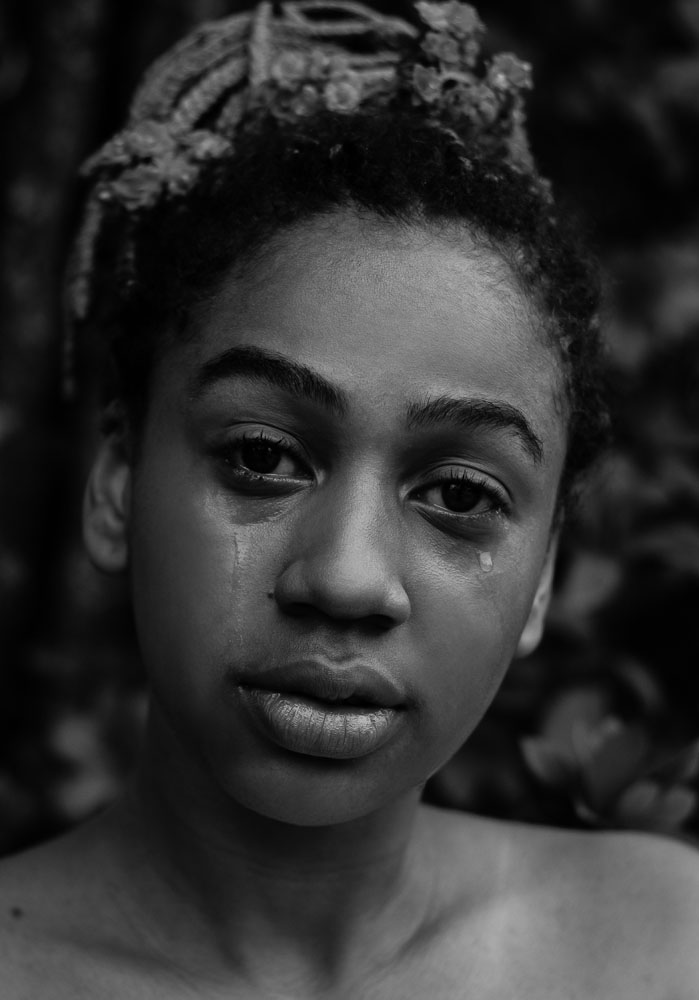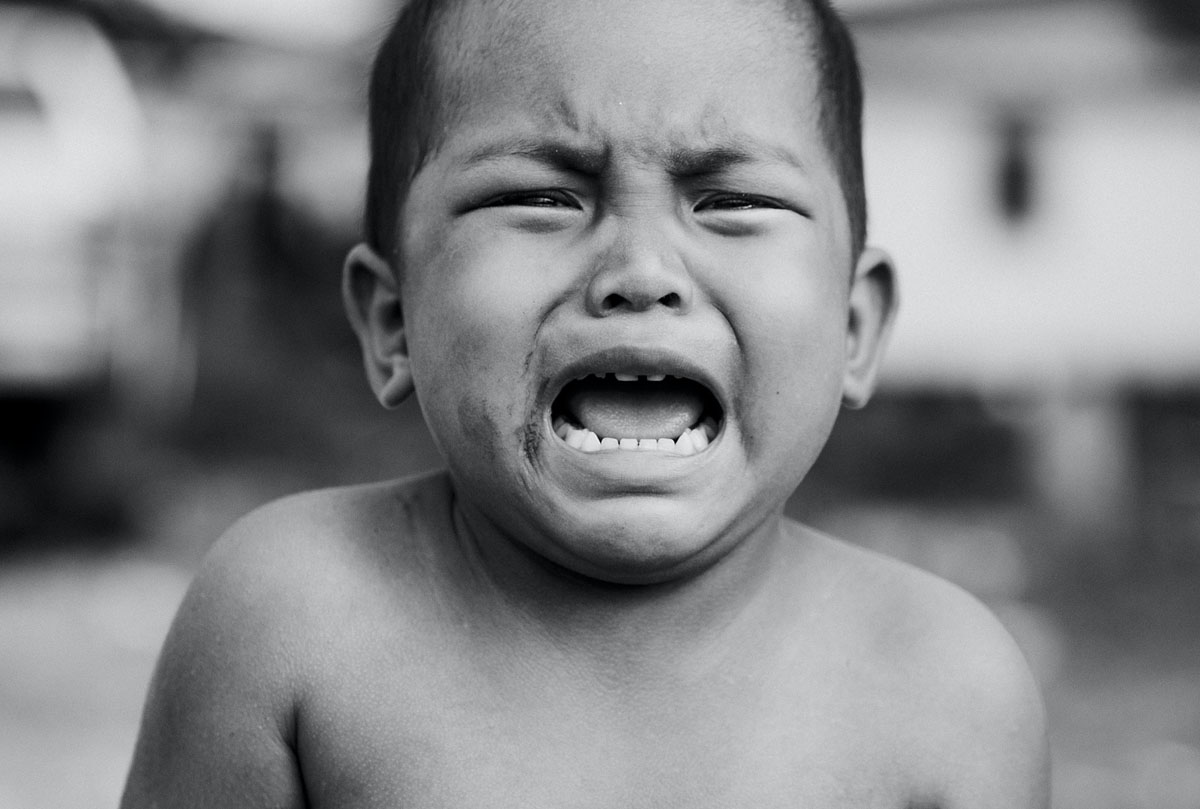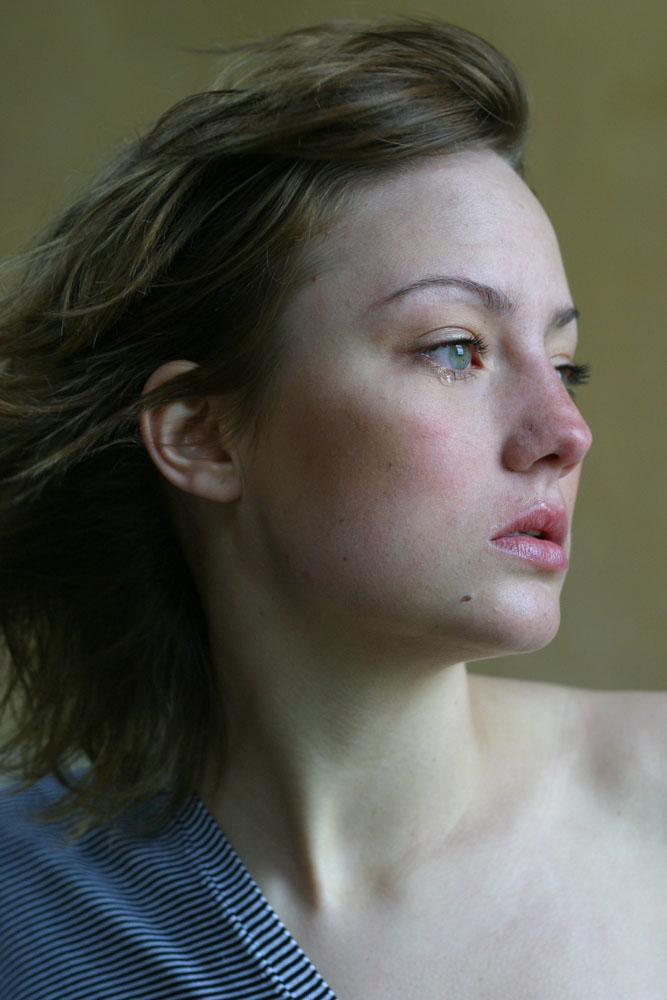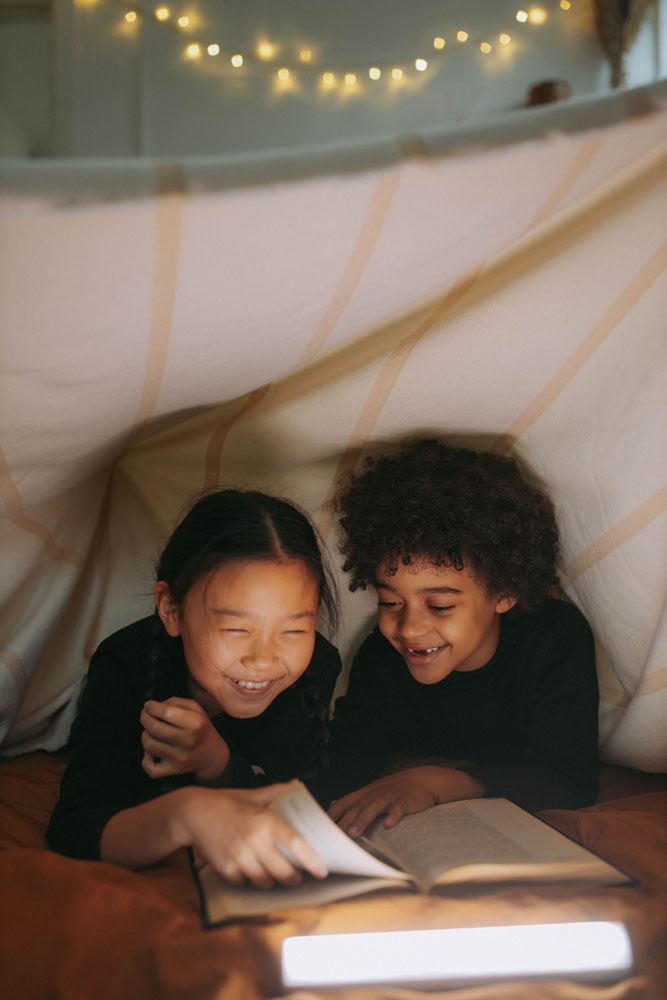Short description of the topic
Children discuss emotions. They look at photographs and think about the emotions that lie behind them. They try to find ways how to convey emotions in photography without showing people’s faces, with the help of framing, choice of motive, light, and colors.
Learning outcomes
-
Competencies
- Visual competence: visual perception
- Artistic competence: active artistic creation
- Social-emotional competence: recognizing emotion in others and expressing one’s own emotions creatively
- Social competences: developing cooperation
- Digital and media competence: basic knowledge of computer skills
-
Target group
6 years and up- Individual work
In groups
- Individual work
-
Required materials
- Camera
- Computer
- different lights
- photos of emotions (face expression)
-
Materials
- Photos of emotions (face expressions)
- Emotions card game (Which Emotion Am I?)
- Flashcards game (emotions)
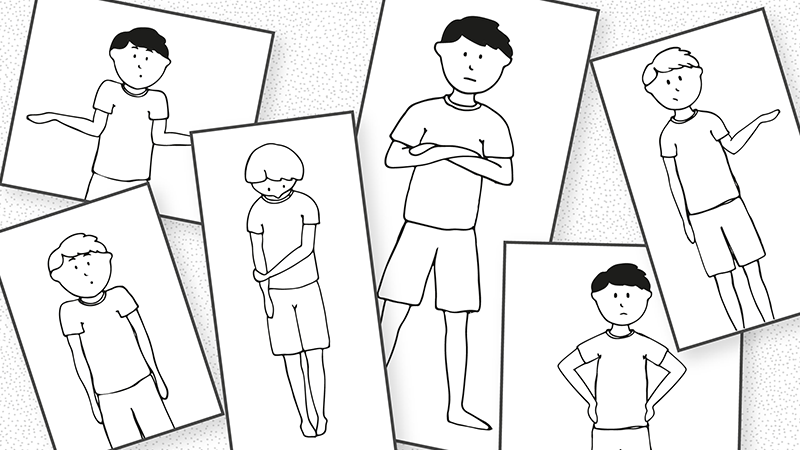
Download
(.pdf 339.39 KB)
Description of the activity (step by step)
Preparation:
Talk to children about emotions: which ones do they know? How can they recognize them in others?
Show the children some photos or movie scenes and discuss them. Which emotions do the photographs show? In which way can we express our feelings? Are the emotions only visible on the face? What about body language? Discuss the importance of framing, light, and color for communicating emotions in pictures. Think together about the different ways to express emotions in photography and start collecting creative ideas.
Implementation:
Invite the children to photograph each other to capture certain emotions without photographing faces. They can photograph body parts and different body positions but should not capture the face of the portrayed person.
Focus the attention of children on framing and light. They can use lights and props. Motivate them to try out different perspectives.
Reflection:
Upload the photos to the computer. Help each photographer to edit his or her photos with basic editing tools, such as changing light, cropping the photo, adjusting colors, etc. How do these changes affect the feeling of the photo?
Discuss the photos together in the group.
Variations and additional ideas
Play the flashcard game Emotions.
Prepare a matching-game. Print out photos of emotions without faces and photos of faces showing emotions. Let the children try to find photographs that express the same emotion and describe their decision.
Browse together through magazines and try to determine the emotions shown in photographs and advertisements. What would they like to communicate to the viewer and why?
Complement this activity with the activity Expressive-emotional Photography.
Background information and didactical perspective
Through this activity, children learn about non-verbal communication and body language. The goal is that they realize by themselves how they can show emotions without showing a face. Therefore, it is important to give children enough time to talk about their thoughts and ideas.
This activity helps children understand how they can express their emotions and ideas with the help of photography. This can help them develop new means of expression and communication.
They will also become more aware of the ways emotion is used for example in advertising, which will help them evaluate such pictures more critically in the future.


